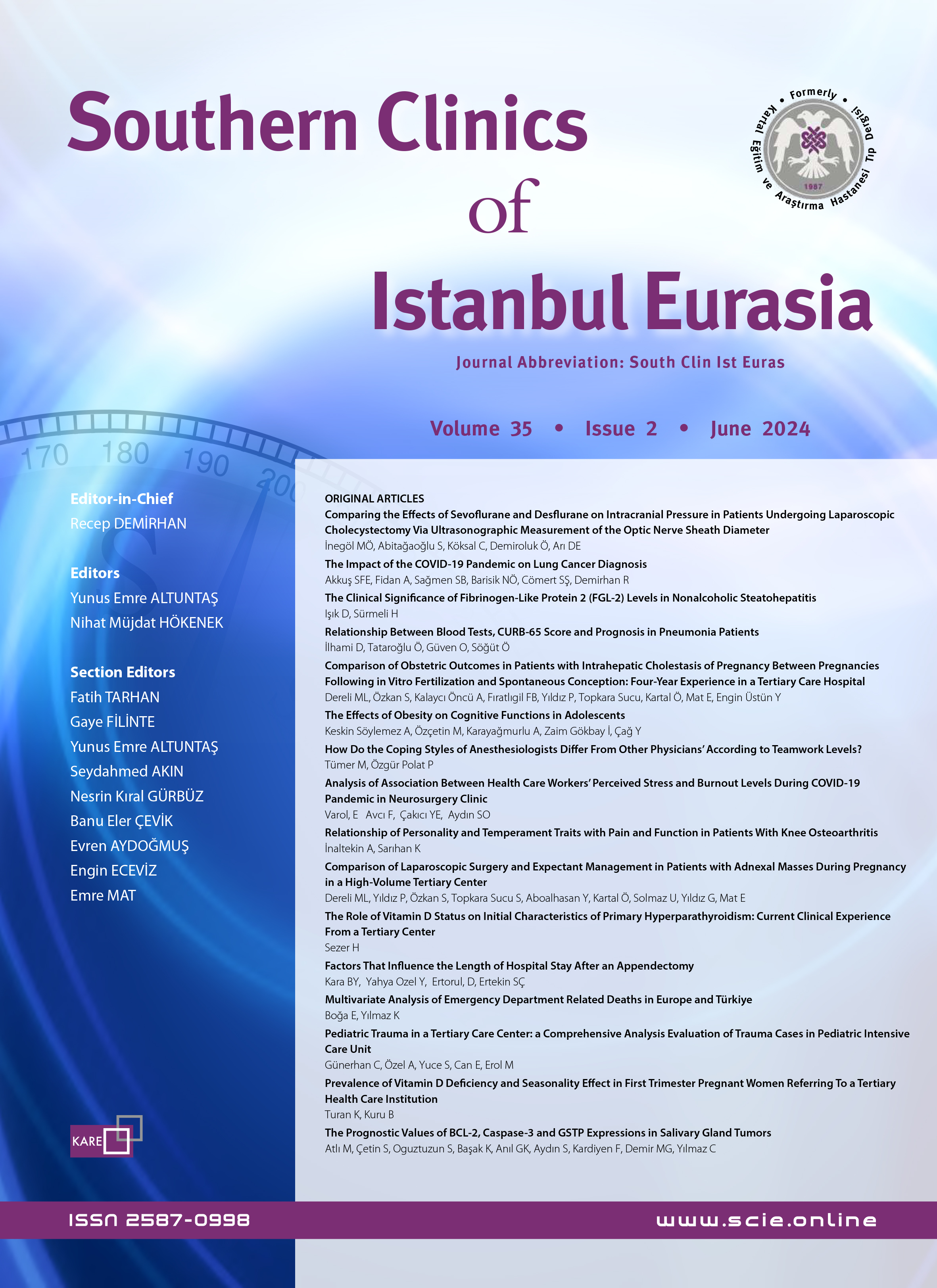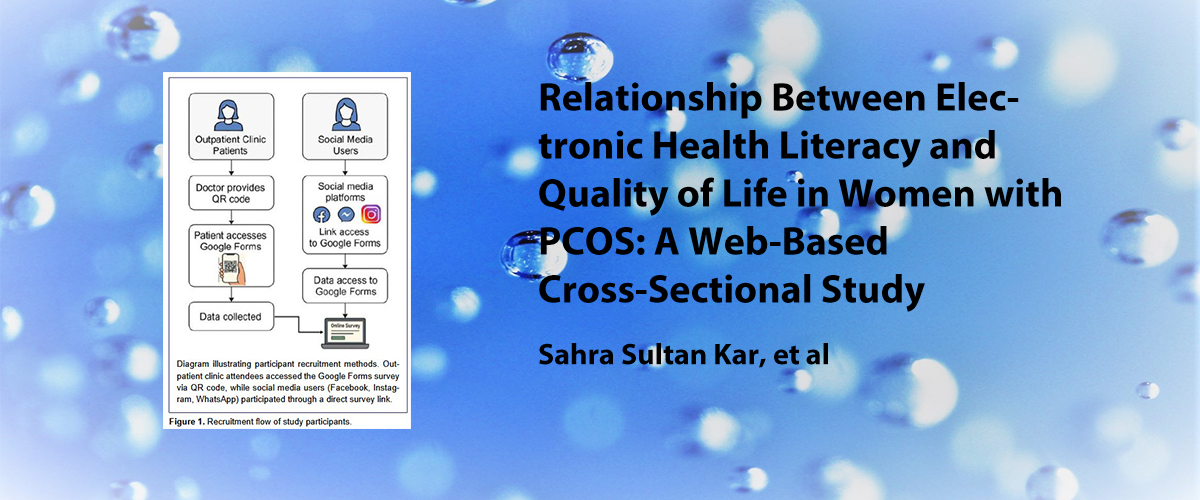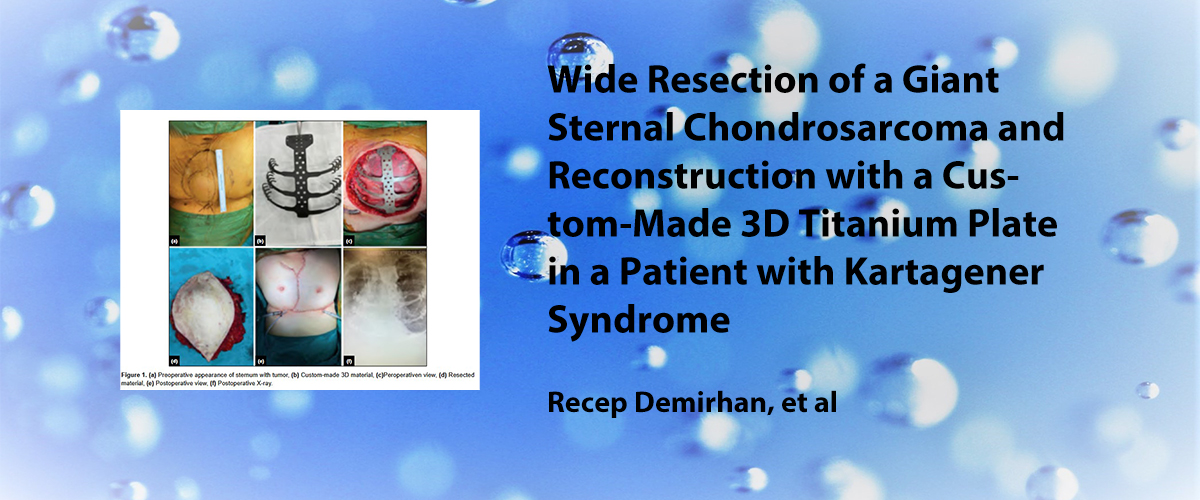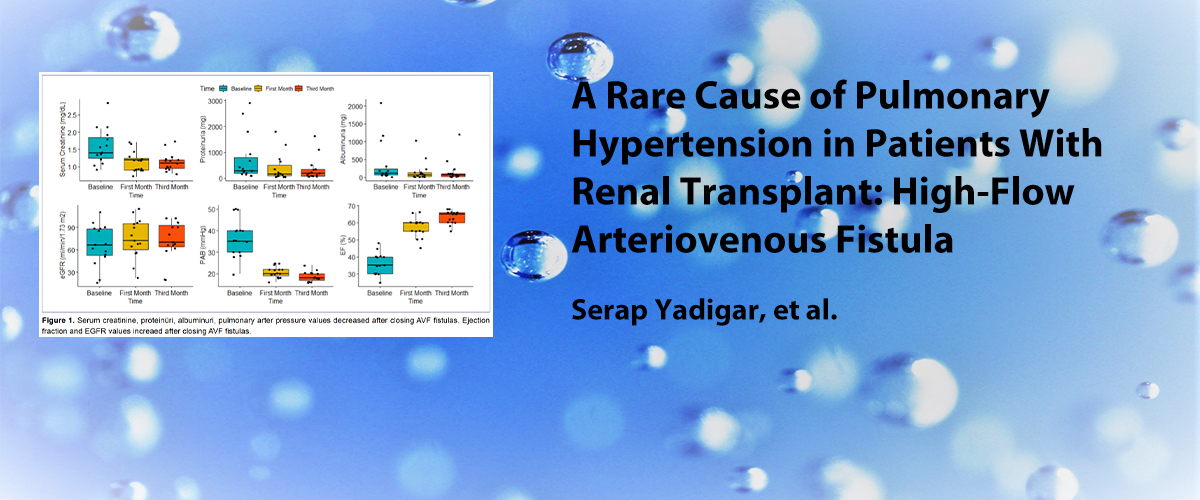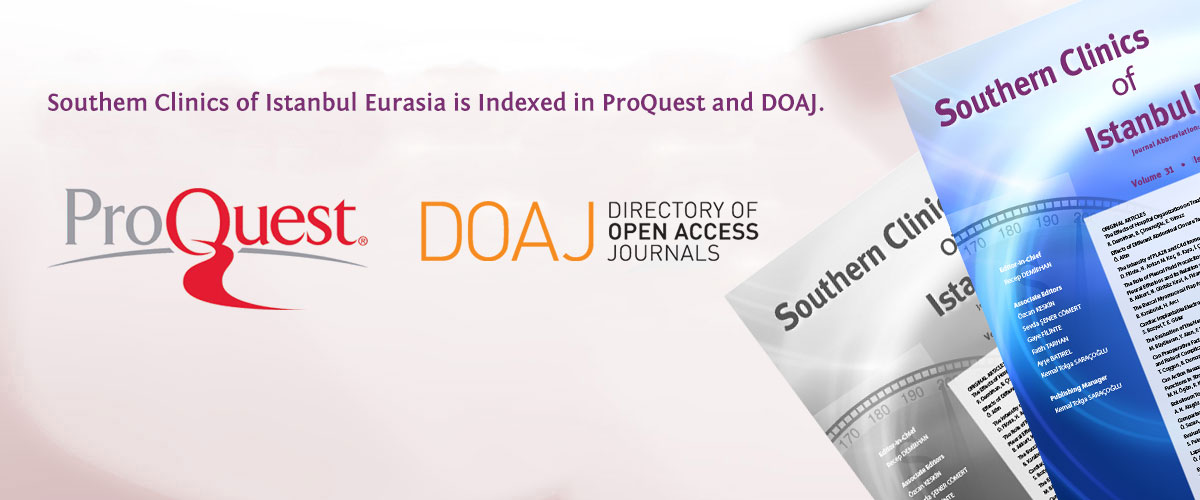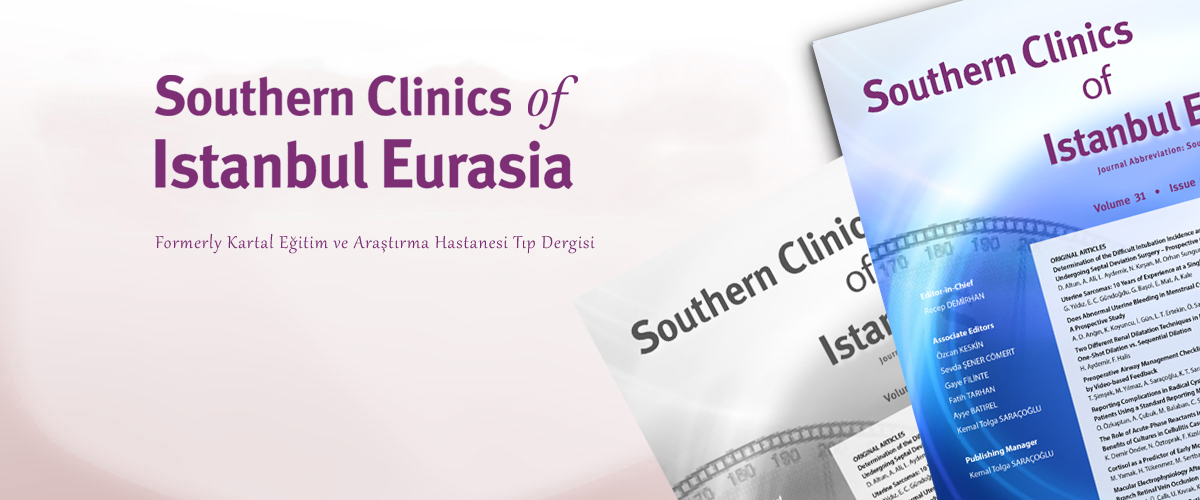ISSN : 2587-0998
Alt Ekstremite Defektlerinin Kapatılmasında Rekonstrüktif Seçenekler-10 Yıllık Retrospektif Çalışma
Çağla Çiçek1, Mustafa Erol Demirseren21Sağlık Bilimleri Üniversitesi, Kartal Dr. Lütfi Kırdar Eğitim Ve Araştırma Hastanesi Plastik, Rekonstrüktif Ve Estetik Cerrahi Kliniği, İstanbul2Yıldırım Beyazıt Üniversitesi Bilkent Şehir Hastanesi Plastik, Rekonstrüktif Ve Estetik Cerrahi Kliniği, Ankara
Amaç: Alt ekstremite yumuşak doku onarımındaki deneyimlerimizi aktarmak amacıyla, kliniğimizde ameliyat edilen hastalarda tercih edilen kapatım yöntemleri, yıllar içerisinde seçilen cerrahi tekniklerdeki değişimler, farklı tekniklerin birbirlerine göre üstünlükleri, komplikasyonları, hastaların fonksiyonel ve estetik açıdan sonuçlarının ortaya konması amaçlanmıştır.
Gereç ve Yöntem: Ocak 2004 ve Ağustos 2017 tarihleri arasında alt ekstremitede oluşan 1017 yumuşak doku defektlerinin rekonstrüksiyonunda kullanılan yöntemler geriye dönük olarak değerlendirildi. Arşiv taraması sonucunda hastaların yaşı, cinsiyetı, alt ekstremite açık yarasının etiyolojisi, defektin yerleşim yeri, defekt kapatımında seçilen yöntem, komplikasyon ve geçirilen ameliyat sayısı belirlendi.
Bulgular: Çalışmamıza 873 hasta dahil edilmiş ve 1017 defektin ameliyat edildiği tespit edilmiştir. Hastaların %69.99u (n=611) erkek, %30.01i (n=262) kadın olarak saptanmıştır. Ortalama yaş 46.2 (785) ve en sık etiyolojik neden travma olarak değerlendirilmiştir. Defekt alanları incelendiğinde en sık ayakta doku defekti nedeniyle hastaların opere edildiği görülmüştür. Tüm alt ekstremite doku defektlerinin rekonstrüksiyonunda kullanılan cerrahi yönteme bakıldığında greftin tercih edildiği tespit edilmiştir.
Sonuç: Geçtiğimiz 30 yıl içerisinde alt esktremite rekonstrüksiyonunda rekonstrüktif merdivende alt basamaklara daha çok başvurulmuştur. Tüm bu gelişmelere rağmen fonksiyonu korumak için uygulanan çözümlerin uzun dönemde en iyi sonucu veremeyebileceği ve amputasyonun hasta için nadir de olsa kaçınılmaz olabileceği unutulmamalıdır.
Anahtar Kelimeler: Alt ekstremite, rekonstrüksiyon; serbest flep.
The Reconstructive Optionsfor Lower Extremity Defects: 10-Year Retrospective Study
Çağla Çiçek1, Mustafa Erol Demirseren21Department of Reconstructive and Aesthetic Surgery, University of Health Sciences, Kartal Dr. Lütfi Kırdar Training and Research Hospital, İstanbul, Turkey2Department of Reconstructive and Aesthetic Surgery, Yıldırım Beyazıt University Bilkent City Hospital, Ankara, Turkey
Objective: Complications, functional and aesthetical results of patients, what kind of reconstructive methods were preferred, diversity in the surgical techniques which are preferred within years, advantages and disadvantages of different techniques with respect to each, were evaluated in patients who were operated in our clinic to determine our experience in the lower extremity soft tissue repair.
Methods: The techniques which are used for the reconstruction of 1017 soft tissue defects of the lower extremity, were evaluated retrospectively in between January 2004 and August 2017. According to archive scan results, patients age, gender, the etiology of the lower extremity defects, defect localization, the selected surgical method for closure of the defect, complications, the number of surgeries were determined.
Results: In our study, 873 patients were included and 1017 defects were operated. Of patients 69.99% (n=611) were male, 30.01% of them (n=262) were female. The average age was 46.2 (785) years and it was evaluated that the most common etiologic cause was trauma. The feet were the predominantly affected sites among the defect areas. Graft application was the most preferred method of reconstruction among other methods for lower extremity tissue defects.
Conclusion: The lower steps of the reconstructive ladder for the lower extremity reconstruction, are more preferred over the past 30 years. Despite all the surgical developments, it should not be forgotten that the amputation might be inevitable and the methods preferred may not provide the best results in the long term when lower extremity function is considered.
Keywords: Free flap, lower extremity; reconstruction.
Makale Dili: İngilizce


